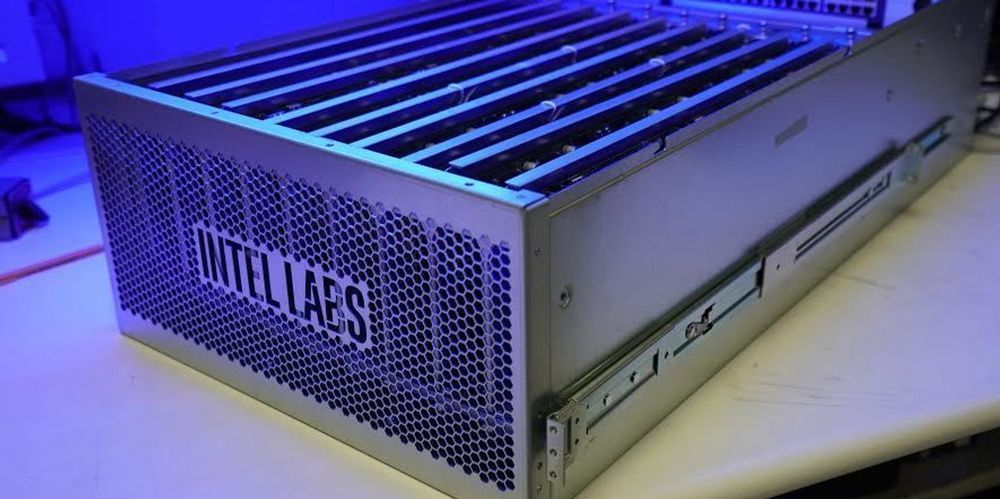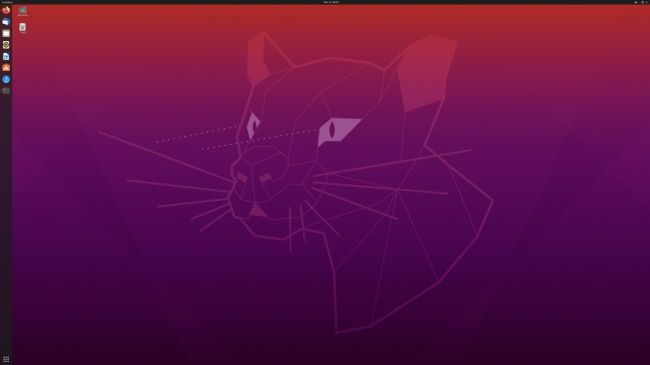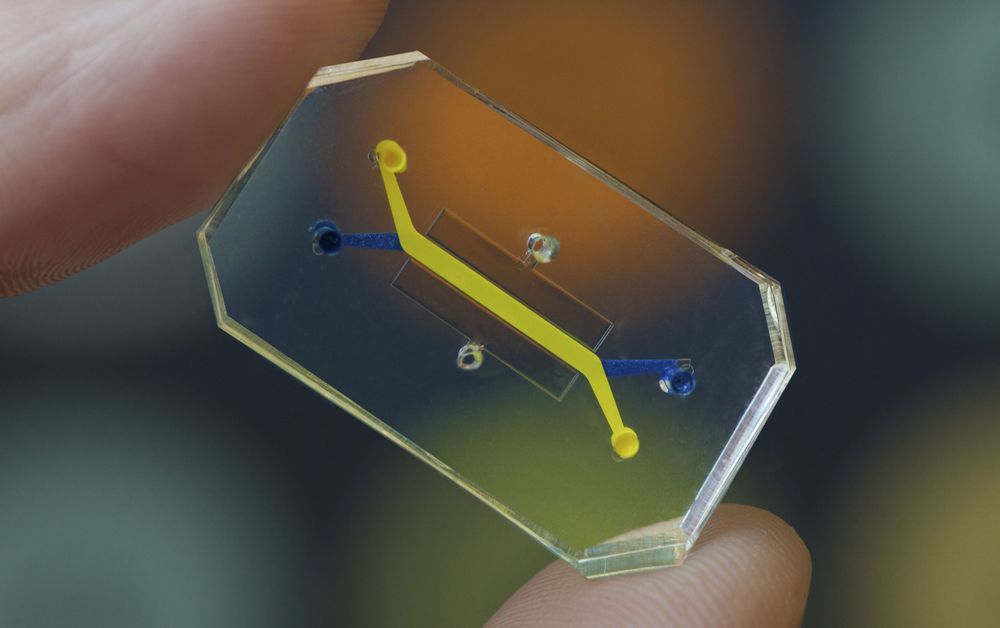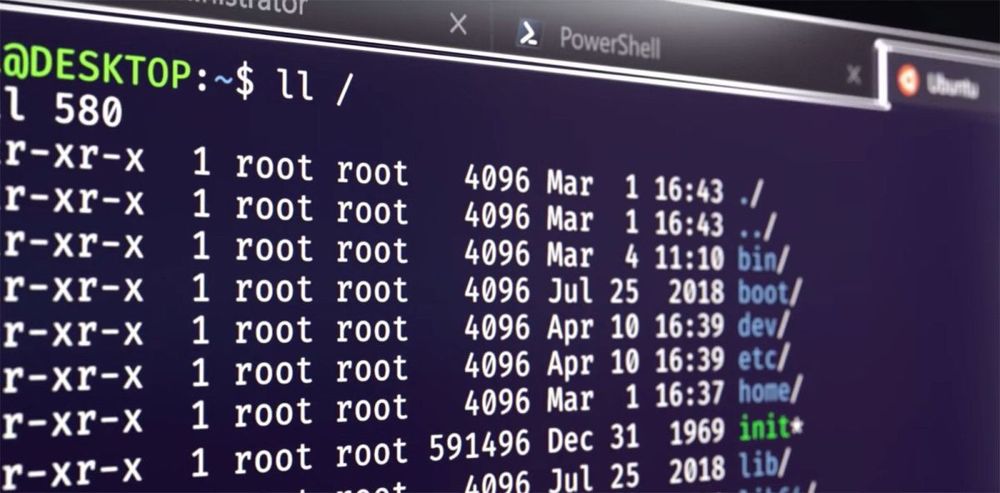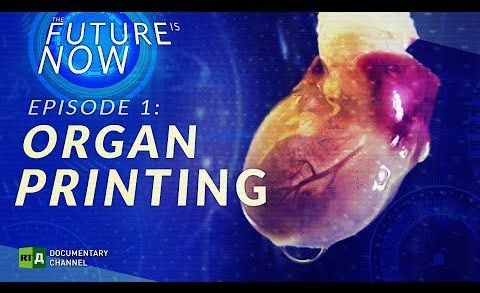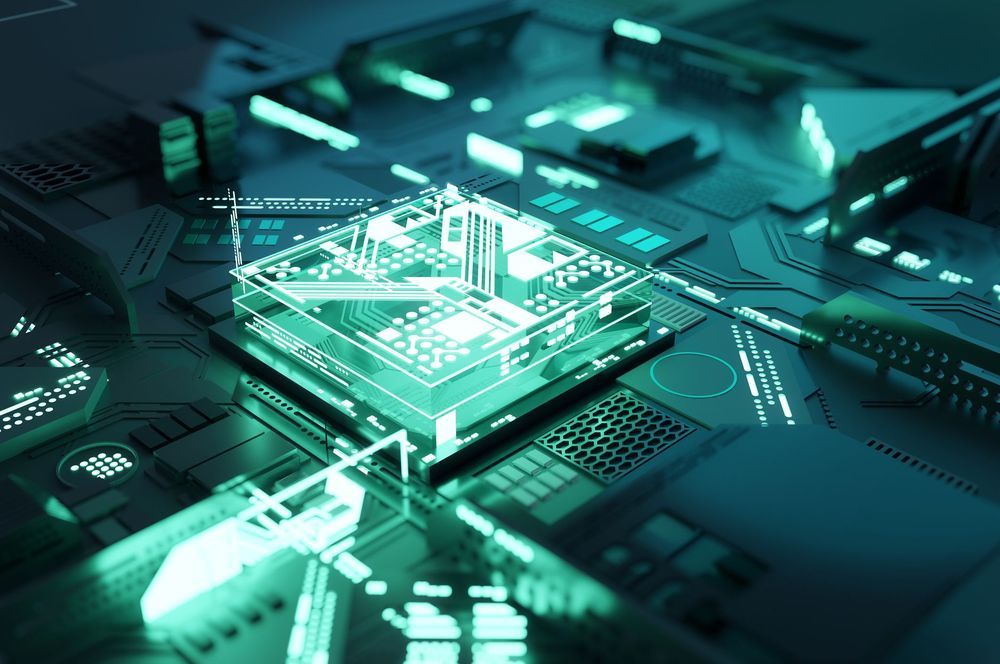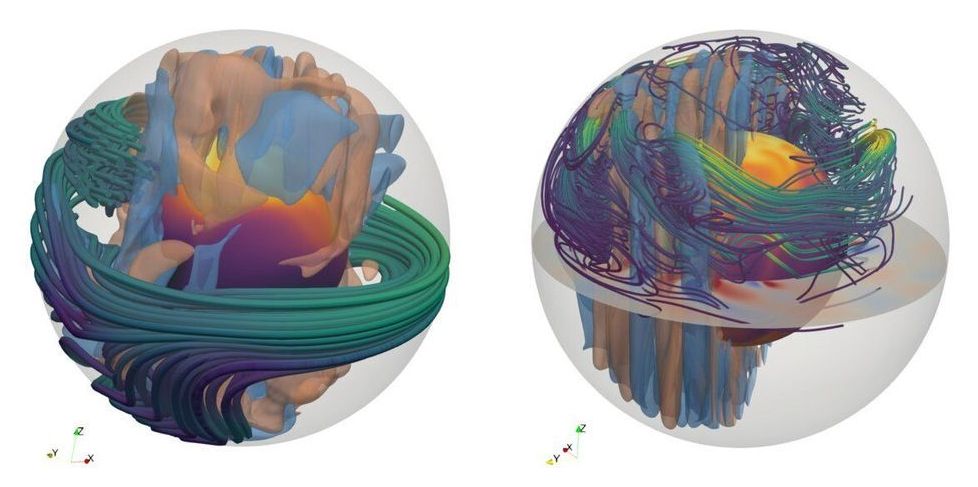
Magnetars are neutron stars endowed with the strongest magnetic fields observed in the universe, but their origin remains controversial. In a study published in Science Advances, a team of scientists from CEA, Saclay, the Max Planck Institute for Astrophysics (MPA), and the Institut de Physique du Globe de Paris developed a new and unprecedentedly detailed computer model that can explain the genesis of these gigantic fields through the amplification of pre-existing weak fields when rapidly rotating neutron stars are born in collapsing massive stars. The work opens new avenues to understand the most powerful and most luminous explosions of such stars.
Magnetars: what are they?
Neutron stars are compact objects containing one to two solar masses within a radius of about 12 kilometers. Among them, magnetars are characterized by eruptive emission of X-rays and gamma rays. The energy associated with these bursts of intense radiation is probably related to ultra–strong magnetic fields. Magnetars should thus spin down faster than other neutron stars due to enhanced magnetic braking, and measurements of their rotation period evolution have confirmed this scenario. We thus infer that magnetars have a dipole magnetic field of the order of 1015 Gauss (G), i.e., up to 1000 times stronger than typical neutron stars! While the existence of these tremendous magnetic fields is now well established, their origin remains controversial.
